Patrick Pollmeier / University of Bremen
Our members are involved in a variety of exciting research projects in the field of Minds, Media, Machines. Here we present just a few of the most recent cooperation projects. For more information, please follow the relevant links and visit our members page.

The research focus Minds, Media, Machines will be part of the Joint Research Center on Cooperative and Cognition-enabled AI (CoAI JRC) of the science locations Bielefeld, Bremen and Paderborn. Our High Profile Area is central to the Bremen location of the research center.
Speakers:inside: Prof. Dr. Philipp Cimiano, Prof. Dr. Michael Beetz, Prof. Dr. Rohlfing
Funding body: University of Bremen, University of Bielefeld, University of Paderborn

Responsible human-centered AI needs a way to deal with meaning. The MUHAI project addresses this fundamental issue.
Coordinator: Prof. Dr. Rainer Malaka
Funding body: EU Horizon 2020 (No. 951846)
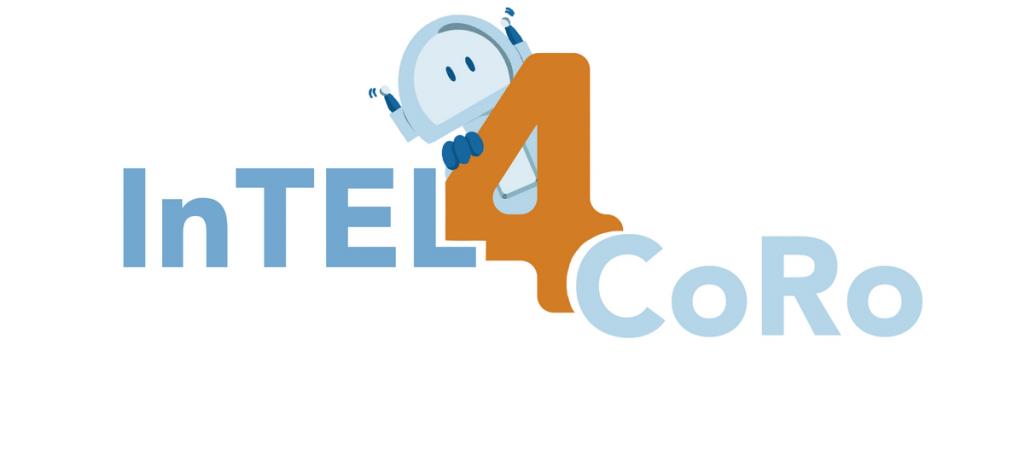
IntEL4CoRo uses the approach of competence-oriented teaching to enable students to apply their knowledge and develop it independently. Thus, students are expected to deal intensively with control systems for robots and physical simulations.
Coordinator: Prof. Dr. Michael Beetz, Dr. Yildray Ogurol
Funding body: BMBF
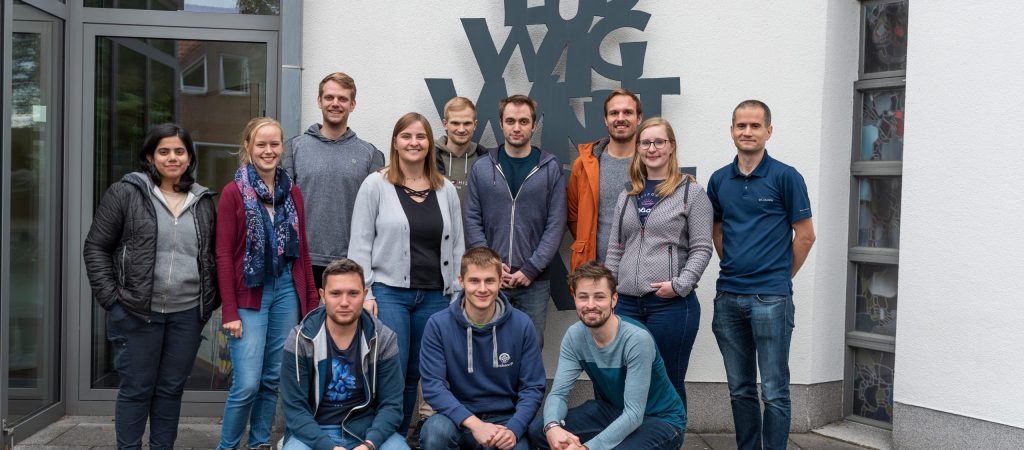
In the Research Training Group π³, PhD students at the interface between applied mathematics and computer science focus on parameter identification questions, which are essentially formulated as high-dimensional minimization problems for suitable functionals.
Speakers:inside: Prof. Dr. Peter Maaß
Funding Body: Prof. Dr. Christof Büskens, Prof. Dr. Thorsten Dickhaus
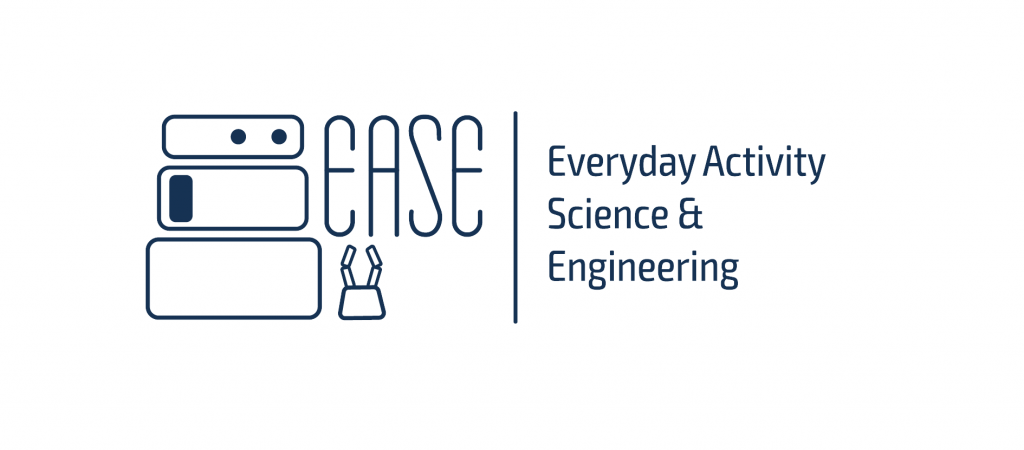
EASE is an interdisciplinary research center at the University of Bremen that investigates everyday activity science and engineering. Its core purpose is to advance our understanding of how human-scale manipulation tasks can be mastered by robotic agents. To achieve this, EASE establishes the research area “Everyday Activity Science and Engineering” and creates a research community that conducts open research, open training, open data, and knowledge sharing.
Speaker: Prof. Dr. Michael Beetz
Funding body: DFG (SFB)

“Empowering Digital Media” (EDM) follows the core idea that technology should serve humans, not the other way around. Projects focus on developing technologies that allow everybody to use computers intuitively. One important topic within this area is interaction, because digital media and services change the way we communicate, cooperate, engage with technology, and learn. A simple and intuitive access is essential for the sensible integration of digital media into work and home environments.
Speaker: Rainer Malaka
Funding body: Klaus Schira Foundation
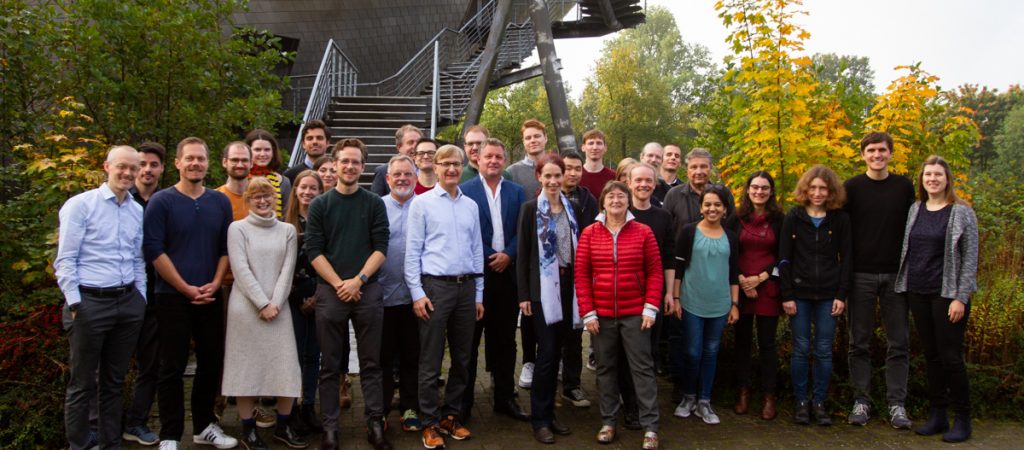
The interplay between economic decision making and system design is the focus of the KD²School, as it lays the foundations for transforming static systems into dynamic, adaptive systems.
Speakers: Prof. Dr. Christof Weinhard (KIT), Prof. Dr. Tanja Schultz
Funding body: DFG (Research Training Group)
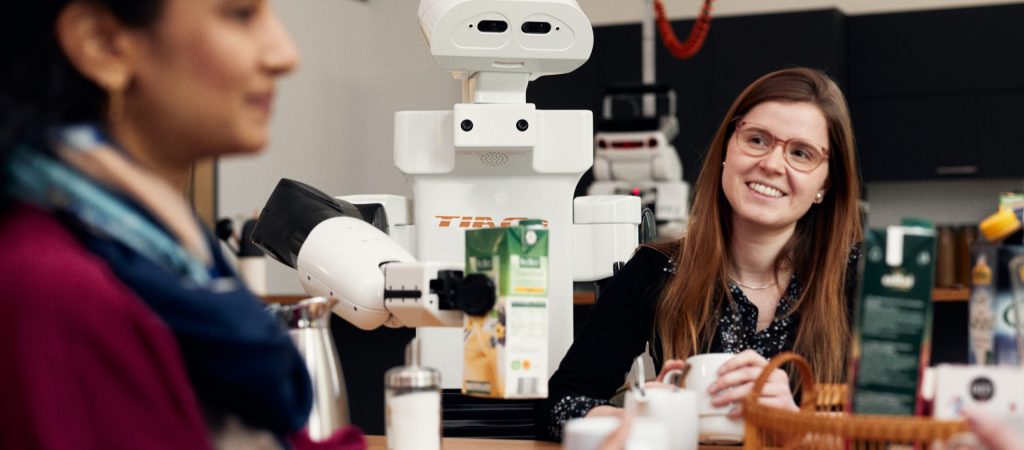
The goal of the AI4HRI project is to develop and integrate various AI methods that enable social robots to interact appropriately with humans.
MMM-PI: Prof. Dr. Michael Beetz
Funding body: DFG
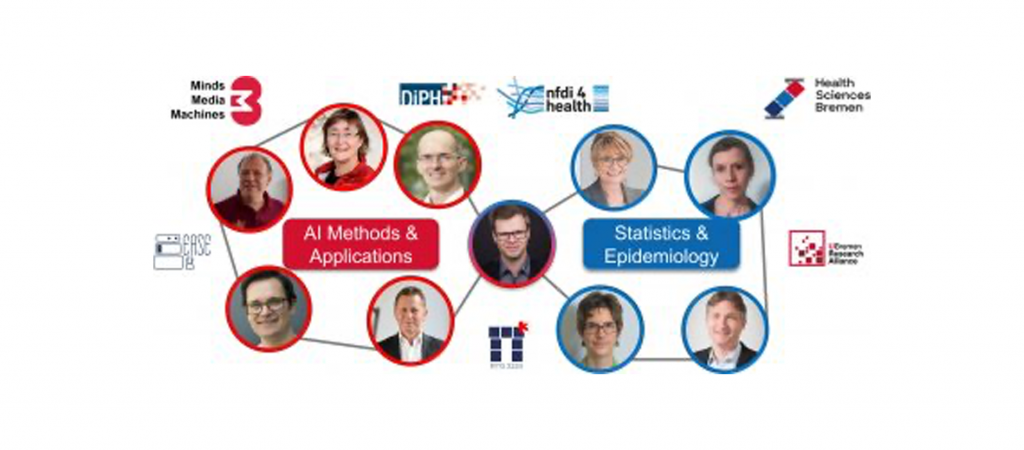
The massive influx of health data in combination with recent advancements in artificial intelligence holds great potential to transform the health sciences. In LifeSpanAI, we envision to advance AI methods and tools to model, predict, and explain health outcomes from multi-dimensional data that span the entire life.
Speakers: Prof. Dr. Tanja Schultz , Prof. Dr, Marvin N. Wright
Funding body: DFG (Research Unit)
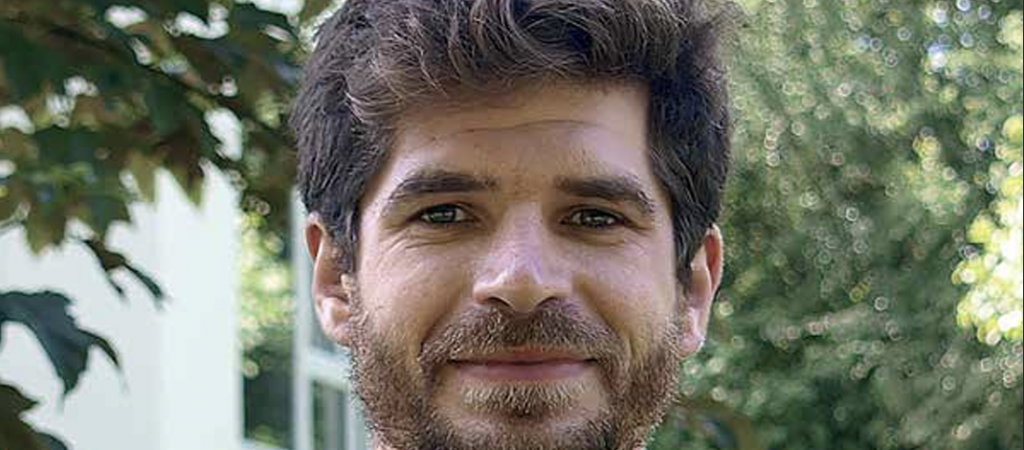
The Cognitive Systems Lab developed LabLinking (LL), an experimental system that enables remote joint experiments without physical limitations. It focuses on motion analysis, applicable in various domains such as arts, industry, and daily activities.
Contact Persons: Felix Putze and Tanja Schultz
Funding body: Hanse Wissenschaftskolleg (HWK)

The Bremen Big Data Challenge is the annual data analysis competition organized by the Cognitive Systems Lab at the University of Bremen. Participants compete throughout March for prize money of 1500 euros and attractive non-cash prizes. One specific goal for the coming year is to introduce the BBDC to schools in Bremen. With its focus on creative and active learning through tasks and teamwork, the format is ideal for high school students and offers them many opportunities to learn about big data and machine learning, and only delve deeper if they are interested and need to.
Contact Persons: Tanja Schultz
Sponsors: Just Add AI, Neuland - Büro für Informatik, and Sparkasse Bremen.
MMM regularly supports the joint efforts of its members to expand their network of collaborations within the research area and sustainability in MMM research.
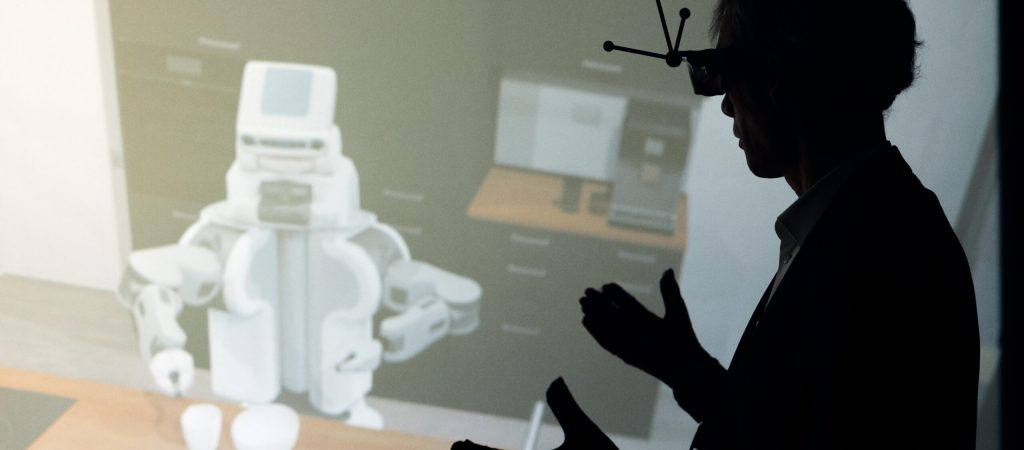
MMM Investigator Seed-Grants aim to support new collaborations between MMM members that will serve as a basis for new joint third-party funded research proposals (e.g. DFG) in the thematic focus of the MMM. The joint work should further strengthen the connections and common research foci between the research groups of the Minds, Media and Machines High Profile Area. MMM Investigator Seed-Grants are intended for teams led by at least two MMM members who will conduct a new research project in preparation of an ambitious joint line of research. Applications from MMM teams of different disciplines are especially encouraged but not a requirement.
Applications for the funding period can be submitted by e-mail to mmm@uni-bremen.de. There is a rolling deadline. Available funds will be allocated according to the date of submission. Please see our application form for further details.
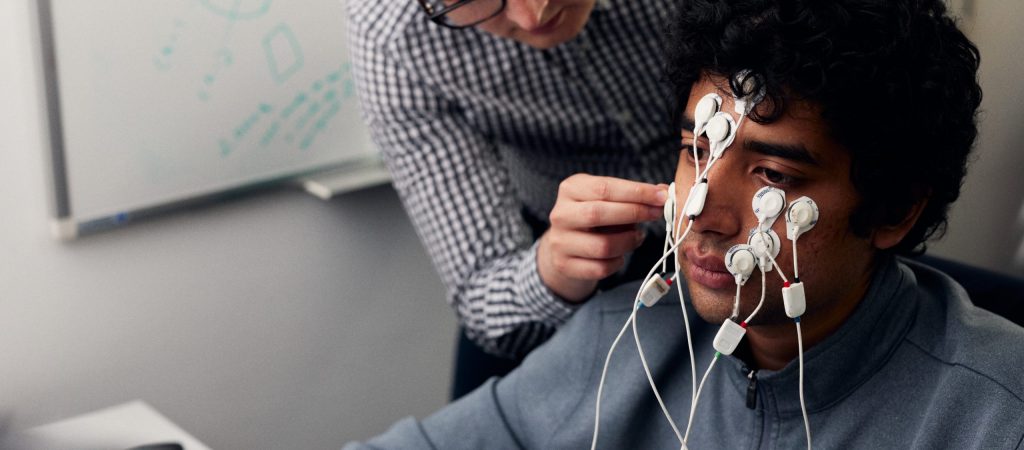
MMM Impulse Seed-Grants aim to support new collaborations between MMM-AGs for specific research ideas in a lightweight procedure. The intended outcome of this measure are joint publications that further strengthen the ties and shared research foci between working groups of the Minds, Media and Machines High Profile Area. Where our Investigator Seed-Grants are aimed to support concrete plans for joint third-party project proposals, Impulse See-Grants focus on the potential of smaller preparatory projects between partners who are working together for the first time to define the basis for a larger joint project. MMM Impulse Seed-Grants are intended to be led by teams from at least two MMM AGs who will conduct excellent research to define an ambitious new line of joint research. Applications from MMM teams of different disciplines are especially encouraged but not a requirement. The maximum amount of this Impulse funding will be 10.000 EUR per AG and Investigator Seed-Grant grant.
Applications for the 2024 funding period can be submitted by email to mmm@uni-bremen.de. There is a rolling deadline. Available funds will be allocated according to the date of submission. Please see our application form for further details.
For a deeper insight into MMM's research topics, it is worth talking to our members. For example, we recently interviewed Prof. Marvin Wright, who was able to answer many interesting questions. We thank him for the interview!

Due to the digitalization of our everyday lives, but also thanks to important technical innovations in medical research such as imaging, the amount of health data is increasing massively and steadily. This offers fantastic opportunities to better understand diseases in the future and to detect them much more quickly and reliably. However, due to its structure, size or complexity, this data is often difficult to analyze using conventional data processing methods. AI methods such as machine learning hold great potential here. At the same time, however, the results and models of machine learning methods are often difficult to explain and interpret.
Prof. Dr. Marvin Wright is Professor of Machine Learning in Statistics at the University of Bremen and head of the Emmy Noether Junior Research Group "Beyond Prediction - Statistical Inference with Machine Learning" at the Leibniz Institute for Prevention Research and Epidemiology - BIPS. He is researching the development and interpretability of machine learning methods in order to make better use of health data in the future.
Mr. Wright, you have been a professor at the University of Bremen and BIPS for two and a half years now. First of all, how did you experience your first time as a professor and what does your day-to-day work look like?
It was very stressful at first. I think everyone who starts a new professorship says that, if only because there are so many new tasks and new responsibilities: Many things, such as preparing courses, are particularly hard work at the beginning. You also have to grow into many other tasks first. What's more, I started during the coronavirus period. I have three small children and childcare wasn't always reliable. Every week you had to look at: how do you actually plan the week? When both parents work, it's challenging to combine childcare and work.
But of course it is also exciting to do many things for the first time and to be given new tasks. The Emmy Noether funding gives me the opportunity to conduct research very independently and autonomously. Doing my own research is important to me. And by that I really mean programming myself, coming up with concepts and developing solutions.
In my day-to-day work, my main tasks are research, supervising doctoral students and teaching, even though I have a reduced teaching load due to my cooperative professorship between the University of Bremen and BIPS.
Keyword: cooperative professorship. How can we imagine this?
The special thing about a cooperative professorship is that you are jointly appointed by a university and a non-university research institute and then work at both institutions: My main place of work is the non-university institute, in my case the Leibniz Institute BIPS. This is where I mainly do my research. I also work at the university. There I have all the rights and obligations of a normal university professor. That means I have the right to participate in teaching, commissions and examination boards at the university.
To what extent was the scientific location of Bremen and the connection to the research focus Minds, Media, Machines (MMM) decisive for your decision to stay in Bremen after your Emmy Noether junior research group was funded?
On the one hand, I feel very comfortable here at BIPS. I like the fact that we are so close to the application in the health sciences, but can still do methodical research. Beyond BIPS, and particularly in relation to Minds, Media, Machines, I like the fact that there is so much collaboration in Bremen. For example, I am involved in the "AI in Health" initiative and the "AI Center in Healthcare". Here, various non-university and university partners work together on a topic. The good cooperation is not only due to the size of the location, but above all to its culture. Thanks to the successful collaboration between BIPS and the university and its WSPs MMM (and Health), we were able to acquire the DFG AI research group Lifespan AI. Through this research group, we were able to establish my bridge professorship.
As head of the Emmy Noether Junior Research Group "Beyond Prediction - Statistical Inference with Machine Learning" and co-spokesperson of the DFG Research Unit "Lifespan AI", you develop statistical methods for machine learning processes. What do you see as the particular challenges in modeling health data over the lifespan?
In principle, data protection is of course a major challenge when dealing with health data. We are talking about personal data that belongs to the people themselves. This should not simply be made completely public, but should be protected. However, there is also a trade-off: if data protection requirements are too strict, this can slow down research. You may not gain insights as quickly or you may not be able to combine data from different sources. In Germany, for example, it is typical that different data sources do not have a unique identifier. Such an identifier would make it possible to link anonymized health insurance data with equally anonymized vaccination data. However, as it is not known which vaccination data belongs to which health insurance data, any statistical correlations with this data cannot be investigated.
Another major challenge is time. In Lifespan AI, we want to look at very long periods of time. However, most standard methods are made for a snapshot, in which there is no "time" factor, but with which you want to make a prediction for the future at a certain point in time. In addition, most methods that take the "time" factor into account are often optimized for very small, short time intervals over a comparatively short period of time. Share prices would be a typical example of such a time series.
If we now conduct a study that runs for 20 years, it looks completely different. For example, we receive data on individuals from such studies every two years. In Lifespan AI, however, we want to go one step further and create models covering the entire lifespan. There are very few studies covering the entire lifespan. In order to be able to use a broad database, we are combining these studies. However, this also gives us different data sources that measure very different things. Even if the same things are measured, this is sometimes done in a different way or with different devices. Then new measurement methods are added, others are dropped over time. Taking all of this into account requires many methodological developments.
The problem has long been that we don't have that much health data, let alone long-term data. How do you see the current influx of such health data? How will this continue to develop? And how can we perhaps motivate people to donate their data from the perspective of Bremen research in this area?
I believe that, in principle, there will always be more data. One problem is that a lot of data was originally collected for other purposes. But now we want to use it for health research. If my mobile device records my movements, it is initially unclear whether this recording of movement is at all as precise as the measurement in the laboratory, for example to estimate the body's energy consumption. Another example is health insurance data. This data is often collected for billing purposes and not for research purposes, meaning that much of the information relevant to research is either not included or is at least difficult to derive. In projects such as Lifespan AI, we must therefore be prepared for the fact that much of the data does not come from controlled studies. The current situation is that, on the one hand, the willingness to participate in health science studies is declining, but on the other hand, many people in everyday life carelessly hand over their health data to Google, Apple and co. by simply clicking on "Yes, accept". As we have seen with the Corona Warn app, for example, many people are quite willing to donate their data if they (a) recognize that the donations will benefit themselves and others, (b) the use of the data is transparent and understandable, and (c) they have access to all components (such as the code). I think a helpful component for research could be to accommodate people here and also digitize the research processes in the field of health science as much as possible. Here we should help to create an awareness of who you can donate data to as a user or patient, what happens to this data and by whom it is actually used responsibly.
If you have health data that you want to apply machine learning to, how do you go about making your models explainable and interpretable?
That is our core topic. We look at predictive models with the aim of understanding how they actually arrive at their predictions. Then we try to go one step further and clarify how a disease develops and what the risk factors are that lead to its development. There are many different methods for this.
But perhaps the most important question, which is often underestimated, is: What do I actually want to explain to whom and what do I expect from the explanation? Explainability is not an end in itself. It is completely different if a bank wants or needs to explain to its customer why a loan has been refused than if a patient needs to be told how a genetic marker is related to a disease. It may be that the same methods are used for this. But you may also need completely different methods. It is therefore very important to start by asking: "What question do I actually want to answer?" and then either select suitable methods or develop new ones.
What are typical misconceptions or misunderstandings that you encounter when talking to people outside your field?
My professorship is called 'Machine Learning in Statistics'. And funnily enough, these are two terms that are received very differently. When I say I do statistics or biostatistics, many people think of sports statistics or creating tables, which is very dry and boring. So if you answer the question "And what do you do?" with "statistics", then that's very suitable if you don't want to talk about work (laughs). But the opposite is currently the case with machine learning. Especially recently, it's a typical misconception that 'machine learning' is often equated with large language models like ChatGPT - so the questions now often go in that direction. Others first think of robotics when they think of machine learning, which also plays an important role in MMM. However, very few people think that it can be used to do things like investigate the causes of illness based on health data
There are currently new initiatives in the European Parliament to define EU directives for machine learning procedures. From your perspective, what do you think about such directives, especially for the healthcare sector? Would you like to see this?
For the healthcare sector in particular, I would like to see the technologies used primarily for research purposes and for this type of use to be supported in principle and not restricted or even prevented. At the same time, however, you have to be particularly careful here with corporate interests. On the other hand, companies often develop very helpful procedures, such as AI procedures, which can improve the chances of curing cancer. In my opinion, this should not be regulated away, but on the contrary, research and application should be supported.
In other areas, there are certain AI applications that I believe should definitely be regulated. Take, for example, news that is tailored to personal interests. This means that the messages you receive are so personalized that they either only support your own existing opinion or, even worse, can be used to suggest an opinion. In my opinion, however, the solution does not lie in limiting the models to a certain number of parameters, for example. Instead, we should again consider the application, in principle similar to explainability: What do I actually want to prevent? We should therefore try to regulate in a targeted manner. Regulating AI in general will not work.

